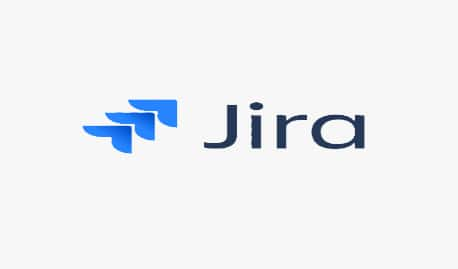Problem resolution is the process of addressing identified problems and implementing appropriate solutions or workarounds. Effective problem resolution involves systematically analyzing the problem, identifying the best course of action, and implementing changes to prevent its recurrence. Documentation plays a crucial role in capturing problem resolution steps, ensuring knowledge sharing, and facilitating future problem resolution efforts. Consider the following guidelines for problem resolution and documentation:
Analyze the Problem
- Thoroughly analyze the problem, considering its root causes, contributing factors, and potential impact on system reliability, performance, or user experience
- Utilize the findings from root cause analysis (RCA) to inform the problem resolution process
- Engage subject matter experts and relevant stakeholders to gather insights and perspectives
Determine Resolution Strategies
- Identify potential resolution strategies based on the analysis of the problem
- Consider short-term workarounds to mitigate immediate impacts while the root cause is addressed
- Determine long-term solutions that address the root cause and prevent the problem from recurring
Implement Temporary Workarounds
- If necessary, implement temporary workarounds to minimize the impact of the problem on system availability or user experience
- Clearly document the steps and procedures for implementing and removing the temporary workarounds
- Communicate the availability and limitations of the workarounds to relevant teams and stakeholders
Define Resolution Steps
- Define a detailed plan for implementing the long-term resolution based on the selected strategy
- Break down the resolution steps into manageable tasks, considering dependencies and resource requirements
- Assign responsibilities for each step and establish realistic timelines for completion
Communicate Resolution Progress
- Keep stakeholders informed about the progress of problem resolution efforts
- Provide regular updates on the status of the resolution process, milestones achieved, and any challenges encountered
- Communicate any changes or impacts to system availability, performance, or user experience during the resolution process
Test and Validate Solutions
- Test the proposed solutions or changes in a controlled environment before implementing them in the production system
- Validate the effectiveness of the solutions by monitoring the system behavior and gathering feedback from users or stakeholders
- Ensure that the solutions address the root cause and effectively resolve the problem
Document Problem Resolution
- Document the problem resolution steps, including the actions taken, changes made, and any associated scripts or configurations
- Create detailed and clear documentation that can be easily understood and followed by other team members
- Include any relevant logs, data, or metrics that support the problem resolution process
Knowledge Base and Sharing
- Share the problem resolution documentation in a centralized knowledge base or documentation platform
- Make the documentation easily accessible and searchable for future reference and knowledge sharing
- Encourage team members to contribute their insights, lessons learned, and best practices to enrich the knowledge base
Continuous Improvement
- Regularly review and update the problem resolution documentation to reflect any changes or improvements made to the resolution process
- Conduct retrospective sessions to gather feedback from the team and identify areas for further improvement
- Continuously seek opportunities to optimize the problem resolution process and enhance efficiency
By following a systematic problem resolution approach and documenting the process, teams can effectively address problems, prevent their recurrence, and improve system stability. Comprehensive documentation facilitates knowledge sharing, enables faster problem resolution in the future, and fosters a culture of continuous improvement.




